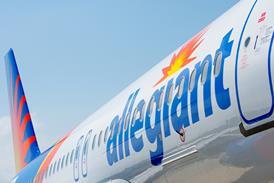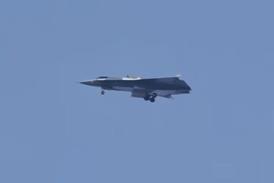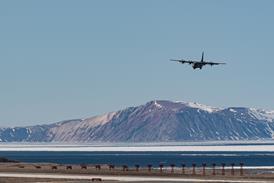Last year the UK undersecretary of state for transport Derek Twigg made a statement to parliament describing the state of the government's plans for "examining the scope for further development of Heathrow, consistent with environmental conditions", as set out in the Future of Air Transport white paper.
He says: "In parallel, we have been working with BAA and others to identify how mixed mode might be operated at Heathrow, and its likely impacts in terms of noise and air quality in particular.
"The work so far has confirmed that the issues are complex. It will take some time to identify options, their impacts and the range of accompanying measures that might be needed to mitigate these, including steps to manage traffic on the surrounding road network.
"Similar considerations apply equally to the further assessment of the likely impacts of a third runway," he says.
The department for transport expects to issue proposals for consultation in October this year.
One of the documents influencing government thinking about air transport policy is Oxford Economic Forecasting's October 2006 report entitled The Economic Contribution of the Aviation Industry in the UK.
The report looked at disadvantages as well as benefits, and predicted that there would be a considerable net benefit to the UK gross domestic product of two measures under consideration for introduction at Heathrow: mixed-mode runway operation, and the introduction of a third runway.
After offsetting the economic cost of increased emissions, the report predicted that the introduction of mixed-mode operation would produce a net GDP benefit of £2.4 billion ($4.76 billion) by 2015 and £4 billion by 2030.
A third runway at Heathrow would produce a net benefit of £6.8 billion, which would be the largest GDP net benefit of any single proposal in the air transport white paper for the whole country.
Source: Flight International























